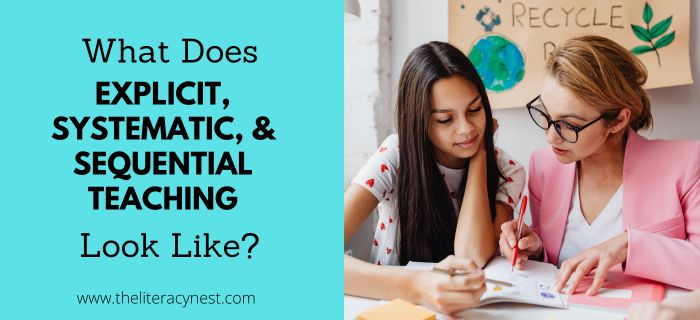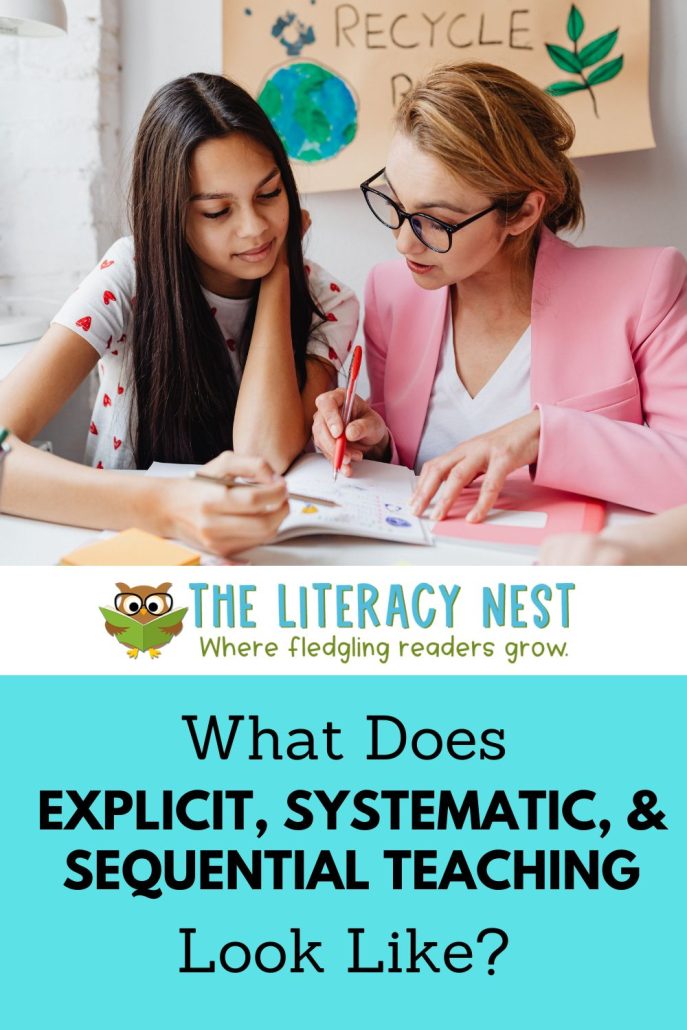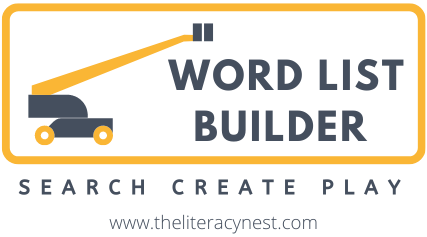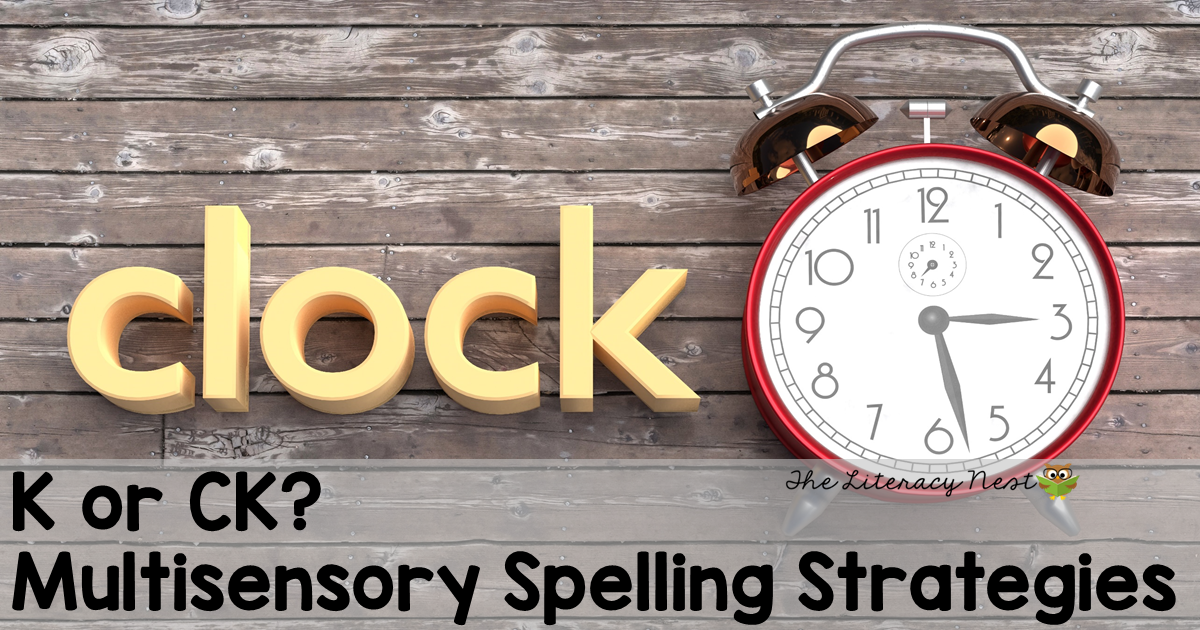What Does Explicit, Systematic, and Sequential Teaching Look Like?

I’m digging into specific principles of the Orton-Gillingham approach. Three words are key to describing some of the principles that define Orton-Gillingham. Instruction is explicit, systematic, and sequential. While these principles are crucial for your students with dyslexia or learning challenges, they also constitute powerful teaching for most of your learners.
In another post, I cover How Orton-Gillingham is both Diagnostic and Prescriptive.
What does explicit, systematic, and sequential teaching look like?
Download our printable guide to explicit, systematic, and sequential teaching, here!
1. Explicit Teaching
Orton-Gillingham lessons can help to improve reading, handwriting, spelling, vocabulary, writing and so much more. Breaking down reading and language into distinct skills is beneficial to make sure no children fall through the cracks. Giving students well-developed tools for decoding frees up cognitive energy for higher-order comprehension skills.
Explicit teaching means that what you are teaching is clearly explained and defined. Expectations are clear and stated at the beginning of the lesson. Information is broken into manageable chunks. Students may make discoveries through guided activities and Socratic questioning, or teachers may directly teach and model. There are routines in place that are predictable and provide opportunities for practice and error correction. The amount of practice is easily adjustable to meet the needs of individual learners. Assessment is ongoing. In addition to providing feedback, it informs future instruction.
Explicit teaching avoids having the child process numerous directions. This supports students who may struggle with working memory or attention by helping to manage the cognitive load. The clear and careful language supports students who are English Language Learners.
When does explicit teaching happen?
Explicit teaching happens repeatedly through an Orton-Gillingham lesson. If the lesson objective is to learn the consonant digraph th, then you as the teacher might begin the lesson by stating that they were going to be learning a new sound today. Perhaps reviewing a known consonant digraph such as sh and reviewing how two letters make one sound. You lead children through a process of guided discovery drawing their attention to different aspects of the target sound. You might ask the student to repeat the words thin and thick and identify the sound they hear at the beginning.
A next step might be to have the child repeat the word and identify the final sound in the word. For many students, drawing attention to mouth position is an appropriate way to help them identify and differentiate the sound from other similar sounds. You can guide your students to repeat the words thin, thick, and with while looking at the printed words in order to identify which letters are making the targeted sound. Step by step students have been led through listening and isolating a particular sound, an awareness of how the sound is made, and recognizing the visual representation of that sound.
The next steps might be to model the letter formation, direct students’ motions through words, and practice the formation of the two letters in the digraph th using different media. Students are allowed to read this phonogram in the context of words and sentences and write the sound in the context of words and sentences, before finally reading a story or passage containing this targeted skill.
At each step, you as the teacher guide, model, and support the student in a gradual release model of practice such as I do, we do, you do, or by using varying levels of scaffolded supports. Your students are not left to guess the objective. They have clear directions and tasks to help them make discoveries and connections in their learning.
2. Systematic Teaching
Orton-Gillingham teaching is systematic. The lesson has procedures and routines that the student and teacher can easily follow. There is a system where students know what to expect next and appropriate opportunities for practice are included. Students are building toward increasing independence.
Your feedback and positive error correction are an integral part of the lesson. It can occur in predictable and systematic ways. Lessons build from the smallest parts of phonograms to utilizing the skill in the context of continuous text. The lesson also progresses systematically from more support to less support.

Learn more about the Orton-Gillingham principles. Check out Season 1, Episode 5 of the Together in Literacy Podcast: How Dr. Samuel Orton and Anna Gillingham’s Work Support Social-Emotional Learning.
Ways in which a lesson can be systematized.
Using our previous example, it is clear to see that the activities move through the visual, auditory, and kinesthetic methodologies and from most to least support. Other examples of ways in which the lessons might be systemized include completing lesson components in a predictable order and having a set time in the lesson for additional activities such as vocabulary or sight word practice. Even if this activity doesn’t happen in each lesson, it happens at a predictable time in the lesson when it does occur.
Other systematizations might include following a particular organizational tool for organizing writing and dictation. Feedback is timely and error correction happens at the point of difficulty with additional immediate practice.
3. Sequential Teaching
Finally, Orton-Gillingham instruction is sequential. Skills are taught according to a particular scope and sequence. The teacher follows the established order with adjustments to meet individual needs. Skills are taught based on what has been previously taught, the child’s previous knowledge, repeated structured spiraling review, and aiming for mastery.
The lessons are taught in an order that will help your students achieve mastery of the core concepts. This is in contrast with a balanced literacy approach where the sequence of teaching may begin from a particular book or thematic element with the skills being taught cherry-picked from those materials rather than following a preplanned route toward skill mastery.
What does a typical sequence look like?
For example, a typical sequence moves from introducing high-frequency sounds early on to those used less frequently such as /z/, /qu/, and /x/. Lessons typically proceed from CVC words to words with blends and digraphs, before introducing different syllable types one at a time. Vowel teams are typically introduced in order of utility with those used most frequently taught earlier in the scope and sequence.
Reading selections and activities are made to support the targeted skill. Additional time is given to specific skills that the student needs more time to achieve mastery. Review is often integrated into lessons in such a way as to activate prior knowledge to support the new concept being introduced.
Are you seeking an Orton-Gillingham diagnostic assessment? Check out my Orton-Gillingham Diagnostic Assessment BUNDLE with scope and sequence.
Taking a Closer Look
When you take a closer look at these principles of explicit, systematic, and sequential, it isn’t hard to see how these are principles that can inform good instruction for most of your learners, not just those with special needs.
Your teaching is clear and deliberate, while continually working toward increasing levels of independence and mastery. The amount of support and practice can be individualized. For your students with dyslexia, these principles are critical to the success of their learning. They are incredibly valuable teaching skills for teachers to develop.
You can use Word List Builder to create customized and meaningful activities that are explicit, systematic, and sequential! Build your folder of words, create templates and games, and so much more!
Thank you for taking a deep dive into Orton-Gillingham principles with me! Subscribe to my email list for lots of tips and the latest information coming from my store.

Are you looking for professional development that will help you become a more effective structured literacy educator? The Literacy Nest has a membership for that…
Building Readers for Life Academy is a monthly membership program that empowers educators AND families by diving into structured literacy and strategies for ALL learners. With BRFL Academy, you’ll learn what it takes to help EVERY student become a reader for life.




